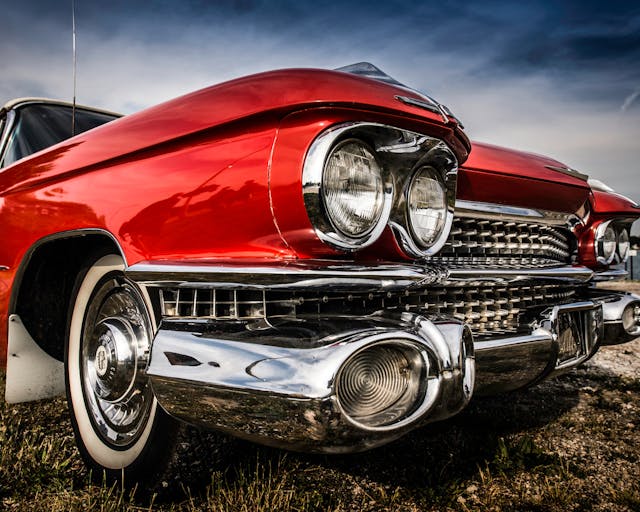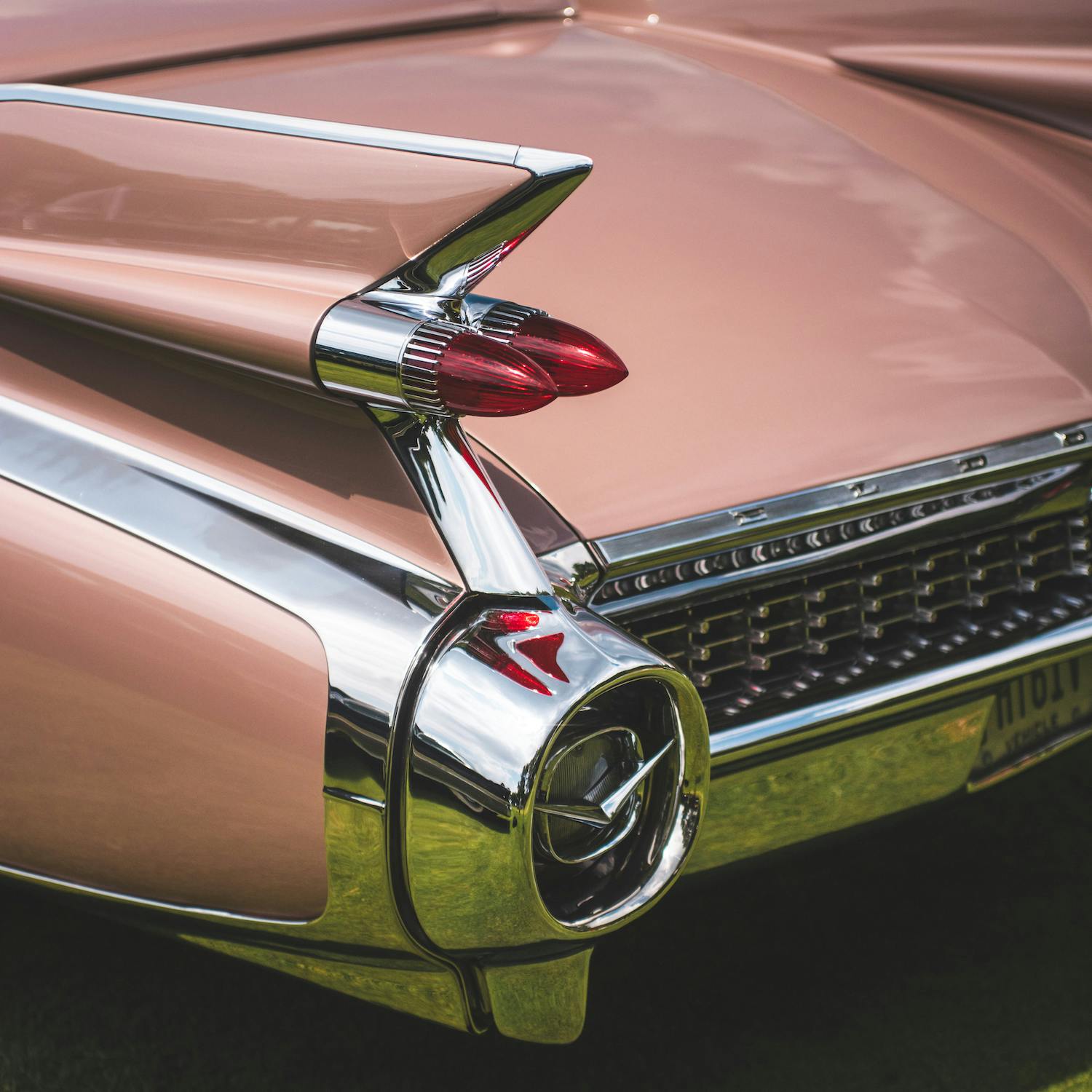California proposes ban on common chrome plating method
Classic cars, chrome, and California. They simply go together, right?
Not all kinds of chrome, say state regulators. The California Air Resource Board (CARB) has proposed a ban on a popular type of chrome plating that makes use of the chemical compound hexavalent chromium. CARB says that airborne chemicals used in such chrome plating can be up to 500 times more toxic than diesel fumes, according to the Los Angeles Times.
OSHA and the CDC consider hexavalent chromium to be carcinogenic.

According to the newspaper, there are over 110 chrome plating companies in California, with many of them located in densely populated neighborhoods in Los Angeles.
CARB’s proposal, if approved, would ban the usage of hexavalent chromium (aka chrome-6 or chrome-VI) in decorative plating by 2027. At present, chrome-6 is widely used for chrome treatment of automotive bumpers, wheels, and trim. The ban would also prohibit the chemical’s use for industrial durability plating for, among other users, the aircraft industry, by 2037.
The ban on decorative chrome “would put some companies out of business,” said the president of a chrome plating company in Los Angeles, who asked to remain anonymous as a condition of being interviewed by Hagerty. “Some of the companies are talking about moving to Nevada or Arizona.” His company would not be affected immediately, he said, as most of the plating he does is industrial, “but it’s going to hurt a lot of people.” Not just platers, but companies like auto restoration shops that deal in chrome accessories for customers, too.
The plating industry is fighting back and is expected to voice their dissent at a community meeting Friday morning, January 27, in Riverside. “California is trying to force something to happen that’s not ready to happen,” Bryan Leiker, executive director of the Metal Finishing Association of California, told the Times. “The consequences are going to be disastrous, because you can lose an entire industry.”
CARB is hoping that platers will migrate to using trivalent chromium, a less toxic method of plating also called tri-chrome or chrome-III. Those in the industry contend that the color of trivalent isn’t as attractive as the controversial hexavalent chrome. “You take two parts that have been plated with those two processes, and put one piece in each hand, and 99 out of 100 people will tell you it doesn’t look as good,” said the anonymous plating company president. Trivalent chrome looks more like polished aluminum, and some producers use additives to more closely match the color of hexavalent.

Broadly speaking, material costs for trivalent chromium are more expensive but the overall production process costs less. (Partially due to lower regulation.) It can also be more difficult to work with than chrome-6, and it may not be as corrosion-resistance in certain applications.
The vast majority of chrome-6 air pollution comes from burning fossil fuels. California’s 58 largest chrome platers produced fewer than 1 percent of hexavalent chromium pollution, according to state data, says the Times. Cement production and lumber industries also emit more. “We’re less than 1 percent of emissions statewide, but we’re the only industry facing a ban right now,” Leiker told the newspaper.
CARB will hold the public hearing at 8:30 a.m. Board members will vote on the final proposal in May.
Check out the Hagerty Media homepage so you don’t miss a single story, or better yet, bookmark it.





It is near impossible now to get decent chrome anyplace.
Is this what happened to chrome finished wheels as standard on C8 corvettes?
Good. Chrome kills.
While I sympathize with efforts to reduce pollution, I find this disconcerting on two fronts: 1) just as with the example about cement production, it seems to be an out-of-balance method of attack, with potentially quite small successful outcomes; and 2) California for decades did everything to embrace and grow the automotive industries and cultures with seemingly little concern for the future, and suddenly decides (after seeing the downside effects of their folly) that darned-near everything they so lovingly fostered is now evil and must be eliminated. Shows how short-sighted we can be when we’re enjoying the income, not wanting to admit there might someday be a payment!
Everyone must do their part!
Which is YOUR part and what have you done so far?
What’s more important: perfect chrome bumpers or helping ensure our planet is livable for future generations?
Fury Road taught us that chrome endures.
Perfect chrome bumpers!
Read the next to last paragraph again. The industry that’s being legislated is 1% of “the problem”, and doesn’t have the resources- big industries $$$, to pay off politicians and bureaucrats. This is another example of bureaucrats going after the low hanging fruit so they can pat themselves on the back and congratulate themselves.
This doesnt help the environment one bit, actually makes it worse, once you factor all the relocating of companies, shipping of products to and from, etc. You increase pollution actually in all that…. congrats, you did more harm in ‘helping’, just like with fuel cans…..
First plastic bag ban, but you can buy a better plastic bag. Then the plastic straw ban but you can ask for plastic straw. Chrome. Less than one percent of the problem. What’s next? White t shirts use chlorine bleach. Let’s ban the damage they are doing to the environment
I could live with no gasoline powered cars, but no chrome? That’s beyond the pale.
Lowrider central is going to ban the top approach to chroming…
Hagerty delves further into California’s impending prohibition on a widely used chrome plating technique owing to environmental concerns in this thought-provoking blog post. Anodizing The article discusses the difficulties the auto industry and fans would face if the ban were to take effect. The blog ignites crucial discussions on striking a balance between automotive heritage and environmentally responsible practices by providing professional perspectives and historical context.
For More Info:- https://anotekanodizing.com/